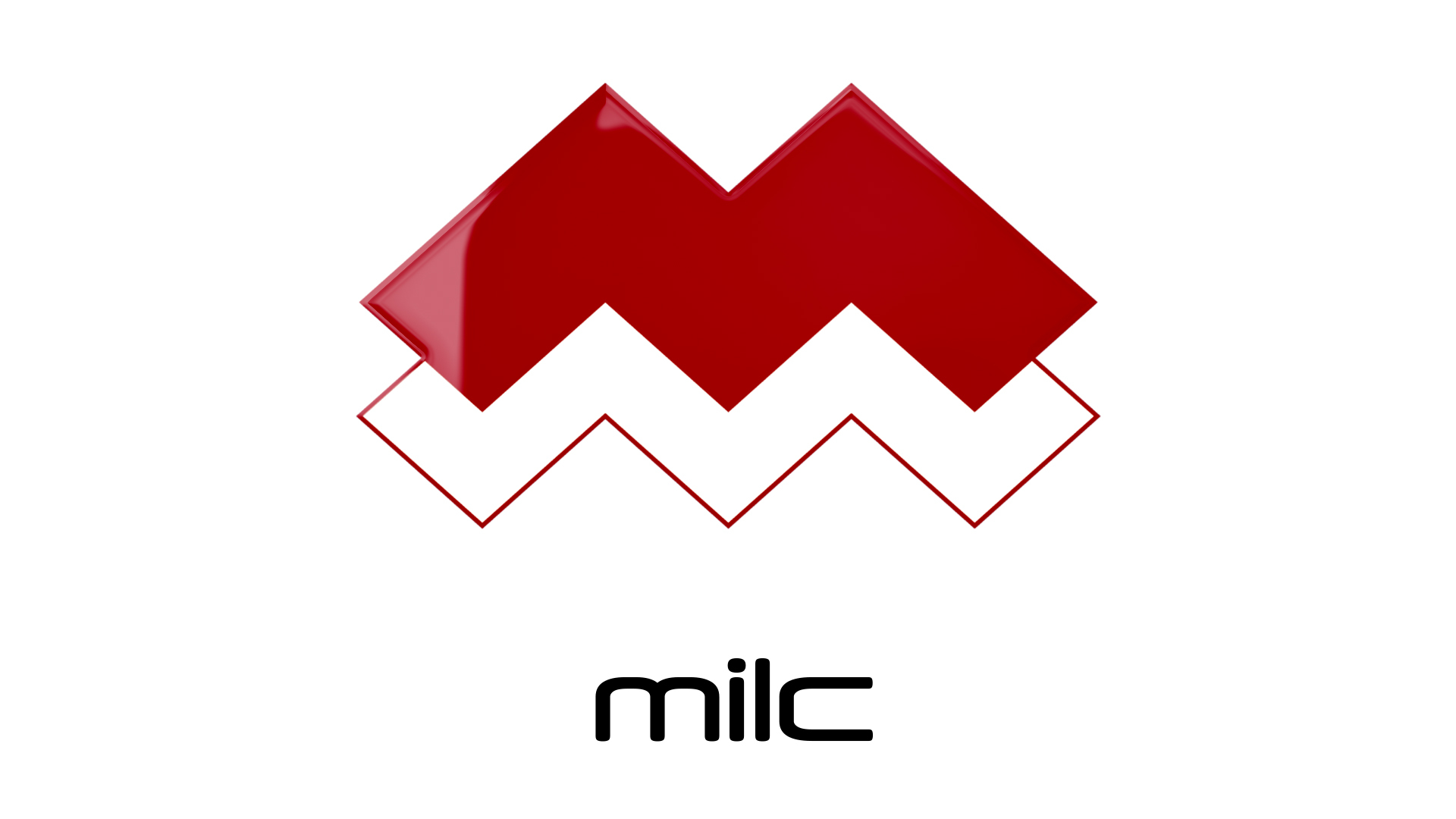In the ever-evolving landscape of the modern workplace, businesses face a myriad of challenges, but few are as critical as employee retention. The ability to hold onto skilled and valuable employees not only determines an organisation’s success, but also defines its culture and operational efficiency. Understanding and navigating the complexities of employee retention requires a nuanced approach, particularly in a market as dynamic as Australia.
Understanding the Core of Employee Retention
At its heart, employee retention is about understanding what motivates employees to stay with an organisation. This encompasses a range of factors, including job satisfaction, work-life balance, growth opportunities, and workplace culture. The goal is to create an environment where employees don’t just work for a pay check, but are actually engaged and invested in the success of the organisation.
The Role of Leadership
Effective leadership is paramount in fostering a culture that promotes retention. Leaders who are approachable, empathetic, and supportive tend to build stronger, more loyal teams. Employees who feel their voices are heard and valued are more likely to feel a sense of belonging and commitment to the company.
Growth and Development Opportunities
Another key aspect is providing employees with opportunities for professional growth and development. This might include training programs, mentorship, and clear pathways for career advancement. When employees see a future for themselves within an organisation, they are more likely to stay.
Harnessing Technology for Enhanced HR Management
In today’s digital age, technology plays a pivotal role in streamlining HR processes and enhancing employee engagement – this is where an effective HR platform in Australia becomes invaluable. Such platforms can help manage employee data, track performance, facilitate feedback, and even identify areas where employees might be feeling disengaged.
Data-Driven Insights
A robust HR platform can provide data-driven insights into employee performance and satisfaction. This information can be crucial in identifying trends, predicting potential issues, and formulating strategies for better retention.
Streamlining Communication
Effective communication is crucial for retention, and HR platforms can offer tools for streamlined, transparent communication. Whether it’s through regular updates, surveys, or feedback mechanisms, these platforms can help ensure that every employee feels heard and valued.
Embracing Flexibility
The modern workforce increasingly values flexibility, such as flexible working hours, remote work options, and a balance between professional and personal life. Organisations that acknowledge and implement flexible working practices are more likely to retain employees, especially in a post-pandemic world where such norms have become more accepted and expected.
Cultivating a Positive Workplace Culture
A positive workplace culture is a cornerstone of employee retention; this involves creating an inclusive, supportive, and respectful environment. Celebrating achievements, recognising hard work, and ensuring employees feel valued goes a long way in fostering a culture where employees want to stay.
Final Thoughts
Employee retention is a multifaceted challenge that requires a thoughtful and proactive approach. By understanding the needs and motivations of employees, leveraging technology like a comprehensive HR platform, embracing flexibility, and fostering a positive workplace culture, organisations can navigate these challenges successfully.
The payoff is not just a more stable workforce but also a more vibrant, productive, and engaged team. In the pursuit of business success, the value of retaining talented and committed employees cannot be overstated.




